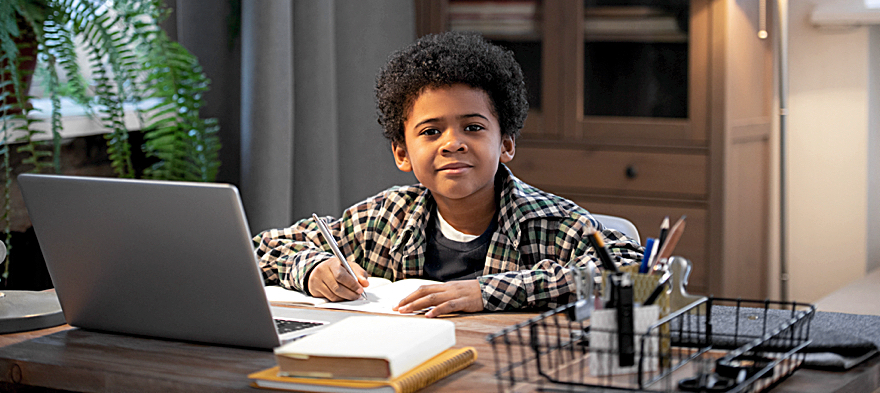
COVID-19 has been a disaster for virtually every institution and education is no exception. With that being said, there has been one positive development—the proliferation of education technologies in rural and urban areas. Students in the aforementioned areas have long lagged behind their suburban peers in both access to technology and skills in using them. This “gap” for lack of a better term has become known as the “digital divide.”
You can find references in scholarly articles about the digital divide as early as the 1990s. However, our culture has evolved around technology even more so since then meaning that the lack of access is of much more consequence now than it was then.
I was a student in the 1990s, and I remember how much easier my life got overnight when my parents brought home a big ole box with cow-print on the outside. It was a "Gateway Essential PC," right in time for the 1999 Christmas season. This computer lived up to its branding and became a gateway to the digital world and that was BEFORE I popped in one of those America Online discs and discovered the internet.
I learned how to type efficiently. I was now able to type papers without having to go to the library or reserving time at one of the few computers in the school. I was able to research topics online and even offline because my computer came bundled with Microsoft Encarta. School projects became 75% easier overnight. This computer and the internet that came with it had such a profound impact on my educational life and that was before such things were essential to everything as they are now.
Many schools and districts have put internet and laptop devices in the hands of students to facilitate e-learning. A lot of people are ready to return to in-person class, but there is no question that this social advancement that came out of necessity has had a positive impact on students. Students are using the internet for more than just social media. They are learning the skills that are necessary to thrive in digital world such as typing and online research. They are even opening doors for their families who didn’t have internet or a computer prior to the school distributing them. One of my student’s mother used hers to write a resume and apply for jobs for example.
[pullquote]All of this begs the question: Are we really just going to take it all away?[/pullquote]
Right now, that seems like the most likely answer. Schools districts are thus far not looking at the internet and device investment they made as permanent. In most places, whenever school returns to something that bears some resemblance of “normal” students and families are going to be expected to return hotspots and laptops to schools.
This is the wrong way to respond. It would be a big investment to continue such programs, but the largest part of that investment has already been made in most cases. Additionally, some schools already provided technology for their students even before the pandemic proving that it is sustainable. In an ideal world, local governments would increase student head-count money by a couple of hundred dollars to provide for necessary tech. Let them keep the wireless hotspots as well. However, hotspots are not a great solution for internet long term, and we should seriously consider whether or not internet is a public utility at this point because that is what it would take to close this gap for good.
2020 has been a year for the history books. It would be nice if it wasn’t the year we closed the digital divide and then opened it back up again.
Andrew Pillow is a fifth grade social studies teacher at KIPP Indianapolis, a charter school where he has taught since 2011. He is also a former Teach Plus Policy Fellow and he has taught technology and social issues.
If you have a child with disabilities, you’re not alone: According to the latest data, over 7 million American schoolchildren — 14% of all students ages 3-21 — are classified as eligible for special...
The fight for educational equity has never been just about schools. The real North Star for this work is providing opportunities for each child to thrive into adulthood. This means that our advocacy...
The story you tell yourself about your own math ability tends to become true. This isn’t some Oprah aphorism about attracting what you want from the universe. Well, I guess it kind of is, but...
Your donations support the voices who challenge decision makers to provide the learning opportunities all children need to thrive.
Ed Post is the flagship website platform of brightbeam, a 501(c3) network of education activists and influencers demanding a better education and a brighter future for every child.
© 2020–2024 brightbeam. All rights reserved.